Energy Efficiency Tips: How to Save Money and Reduce Your Carbon Footprint
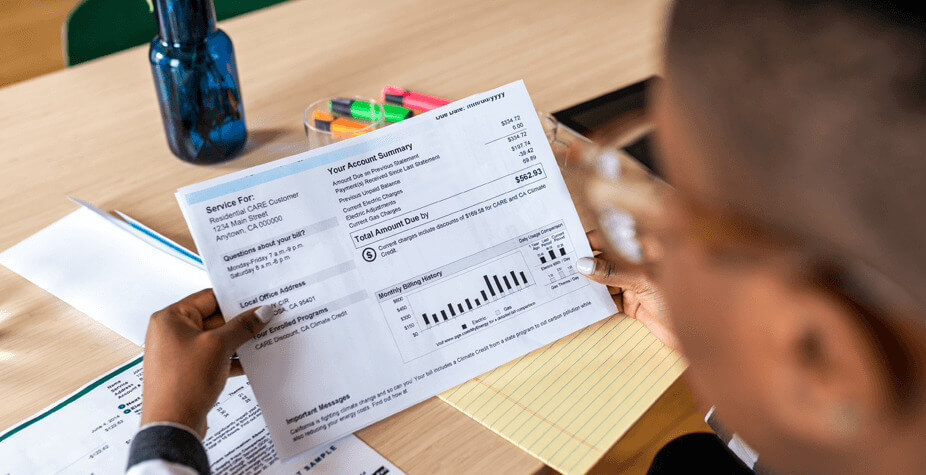
In an era where both environmental sustainability and cost savings are important, enhancing your energy efficiency at home is a practical and impactful step. Here are five helpful tips from Vanguard on ways to reduce your carbon footprint while also saving money!
Optimize Your Heating and Cooling Systems
Heating and cooling account for nearly half of a household’s energy use. If your system is not running efficiently or has a needed repair you could be spending a lot more money than you need to be.
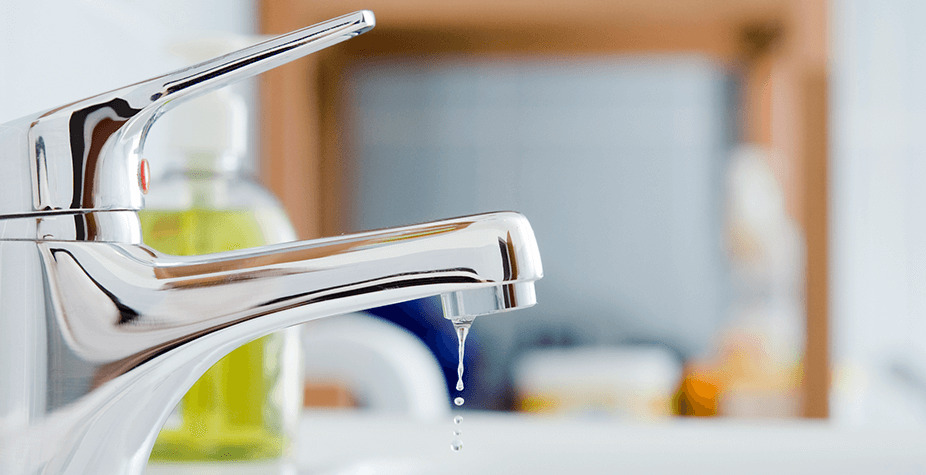
How can you avoid this?
Heating and cooling account for nearly half of a household's energy use. If your system is not running efficiently or has a needed repair you could be spending a lot more money than you need to be.
Regular Maintenance and Upgrades
- Schedule Annual Inspections: Regularly servicing your HVAC system ensures it operates efficiently and identifies issues before they become costly repairs.
- Upgrade to a Programmable Thermostat: Set your thermostat to lower temperatures when you’re asleep or away. Smart thermostats can learn your schedule and adjust settings automatically, leading to significant energy savings and worry-free adjustments (noly from home in case you remember mid-vacation that you forgot to adjust!
Insulation and Sealing
- Insulate Attics and Walls: Proper insulation keeps heat in during the winter and out during the summer, reducing the workload on your HVAC system.
- Seal Windows and Doors: Use weatherstripping and caulk to seal gaps around windows and doors, preventing drafts and enhancing comfort.
Enhance Appliance Efficiency
Appliances contribute significantly to household energy consumption. Have you seen stickers for energy efficient appliances on certain machines when you’re browsing in a store? They’re more important than you think!
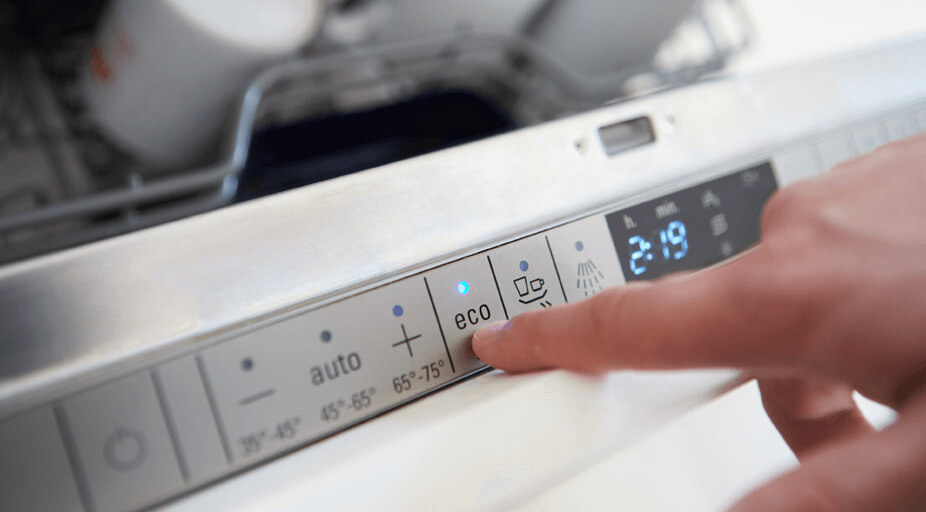
Smart Appliance Use
- Use Energy-Efficient Appliances: Look for ENERGY STAR-rated appliances which use 10-50% less energy than standard models.
- Optimize Refrigerator Settings: Keep your refrigerator between 35-38°F and the freezer at 0°F for efficient operation. Ensure the door seals are tight to prevent cold air from escaping.
Daily Habits
- Run Full Loads: Whether it’s your dishwasher or washing machine, running full loads minimizes the number of cycles needed, saving water and energy.
- Air Dry When Possible: Air drying dishes and clothes can significantly cut down on energy used by dryers.
Lighting Choices and Habits
Lighting is one of the easiest areas to improve energy efficiency but an area we often don’t think of. Be honest, how many times have you left a light on in a room and completely forgot about it for hours? It happens to all of us but here are some additional tips besides just remembering to turn the lights off.
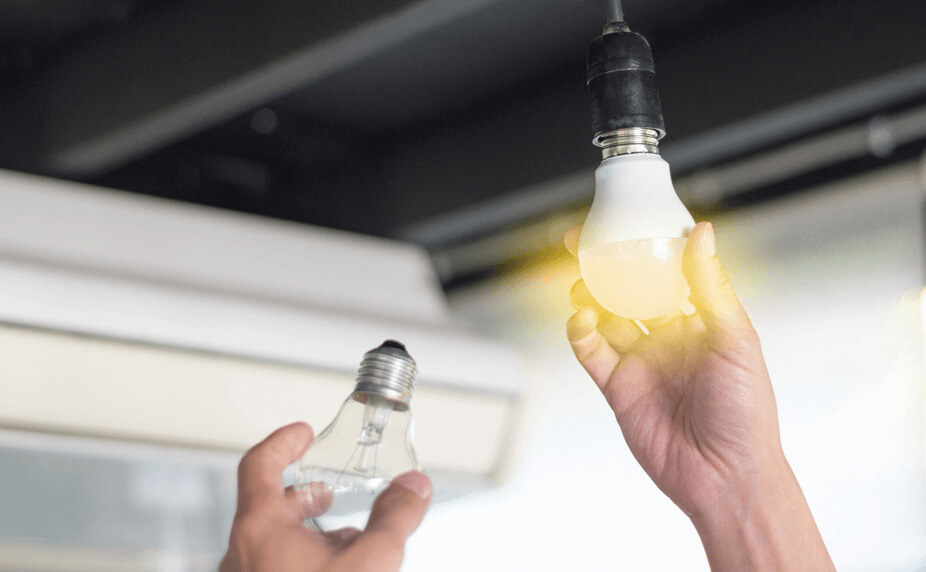
Efficient Bulbs and Fixtures
- Switch to LED Bulbs: LED bulbs use up to 75% less energy and last 25 times longer than incandescent bulbs.
- Use Motion Sensors and Timers: Install motion sensors for outdoor lighting and timers for indoor lights to ensure they are only on when needed.
Natural Lighting
- Maximize Daylight: Use natural light during the day by keeping curtains and blinds open. Consider skylights for areas that need more daylight.
- Air Dry When Possible: Air drying dishes and clothes can significantly cut down on energy used by dryers.
Water Heating Efficiency
Water heating can be a significant energy drain. Most people enjoy a hot shower or hot water when cleaning dishes but the temperature of your heater might be too high. You can make some changes to that today that can have an impact.
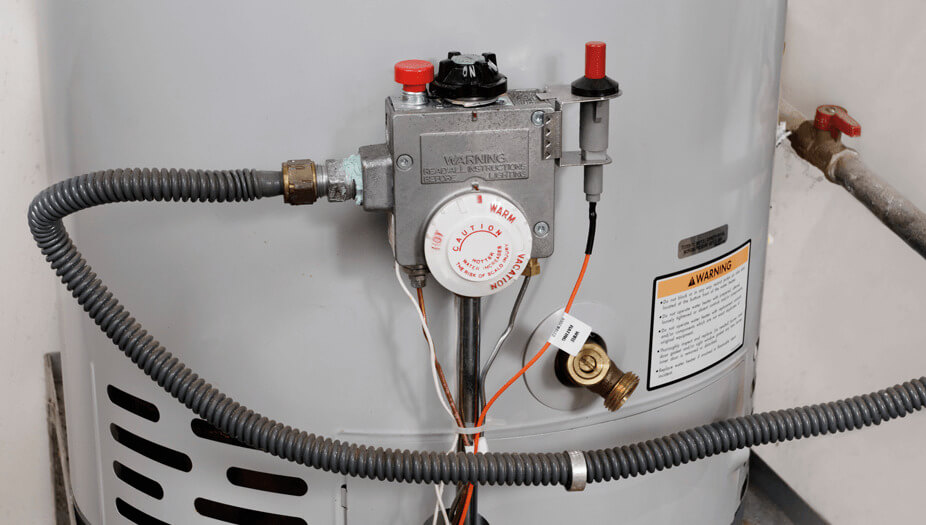
- Lower Water Heater Temperature: Set your water heater to 120°F. This is hot enough for most uses and reduces energy consumption.
- Insulate the Water Heater: Insulating your water heater, it’s hard for hot water to remain hot as it moves through pipes, taking steps like this help the water stay hotter for longer and helps it heat up quicker.
- Install Low-Flow Fixtures: Low-flow showerheads and faucets can reduce water usage by 25-60%, saving both water and the energy needed to heat it.
- Fix Leaks Promptly: Have a fixture that drips? Even if it’s a small drip that you’ve mostly learned to ignore, this is contributing to water loss and can potentially be a signal of a larger issue if not addressed.
Usage Reduction
Renewable Energy Options
Integrating renewable energy sources can dramatically reduce your carbon footprint:
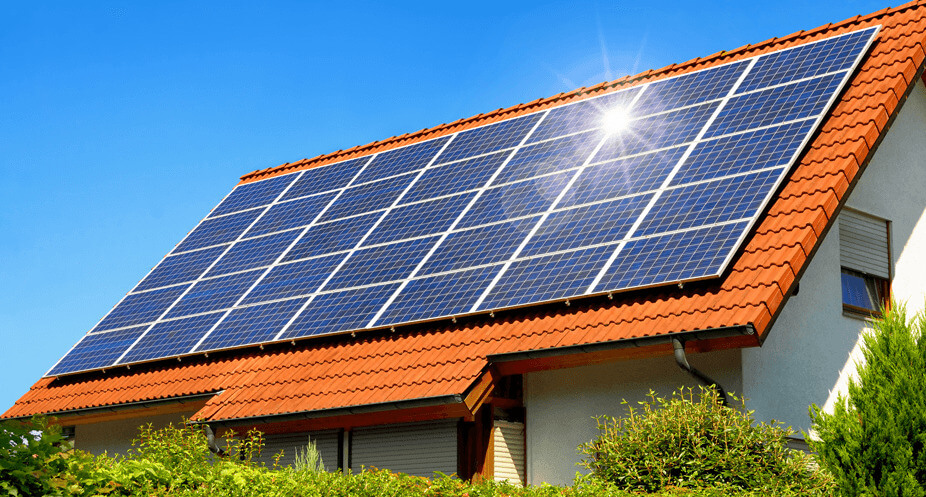
Solar Power
- Install Solar Panels: While the initial investment can be high, solar panels can pay for themselves over time through reduced electricity bills and potential tax incentives. You also tend to lock yourself into a fixed rate with solar versus the price of electricity from electric companies, which tends to have an annual increase in rates.
- Solar Water Heaters: These systems use solar energy to heat water, significantly reducing the need for traditional water heating methods.
Wind and Geothermal
- Consider Small Wind Turbines: While not as common as other methods, small wind turbines can generate electricity for your home.
- Geothermal Heat Pumps: These systems use the stable temperatures underground to heat and cool your home efficiently.
While these efforts might be as simple as fixing a leaky faucet to installing a turbine in your backyard, they all contribute to ultimately saving you money and the planet in the long run.
